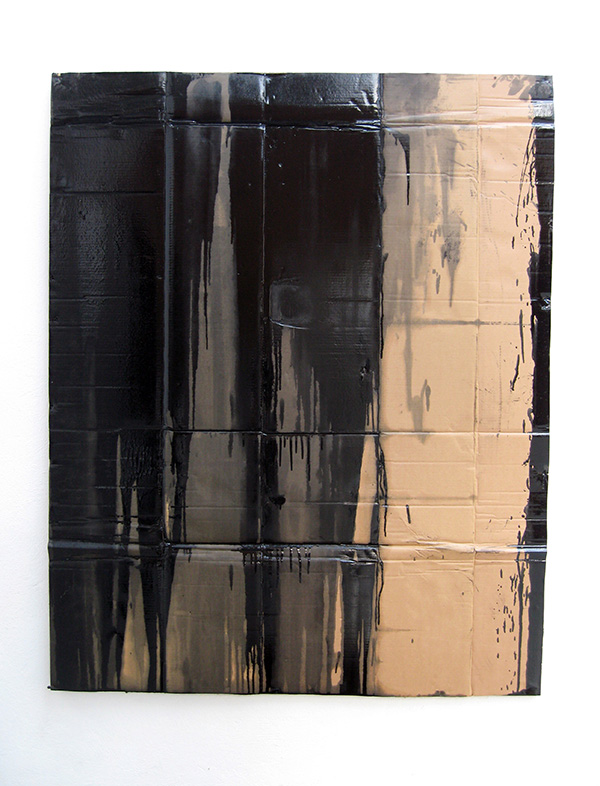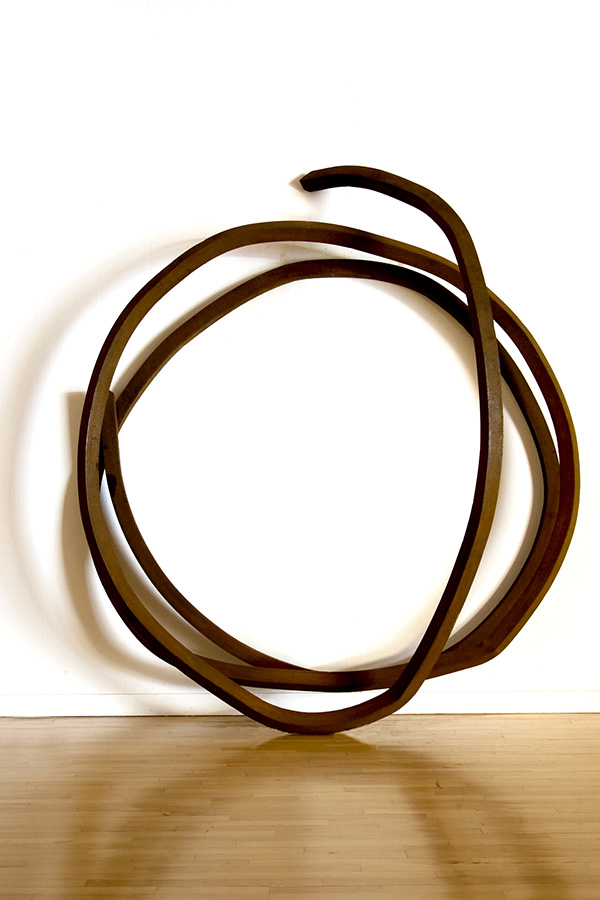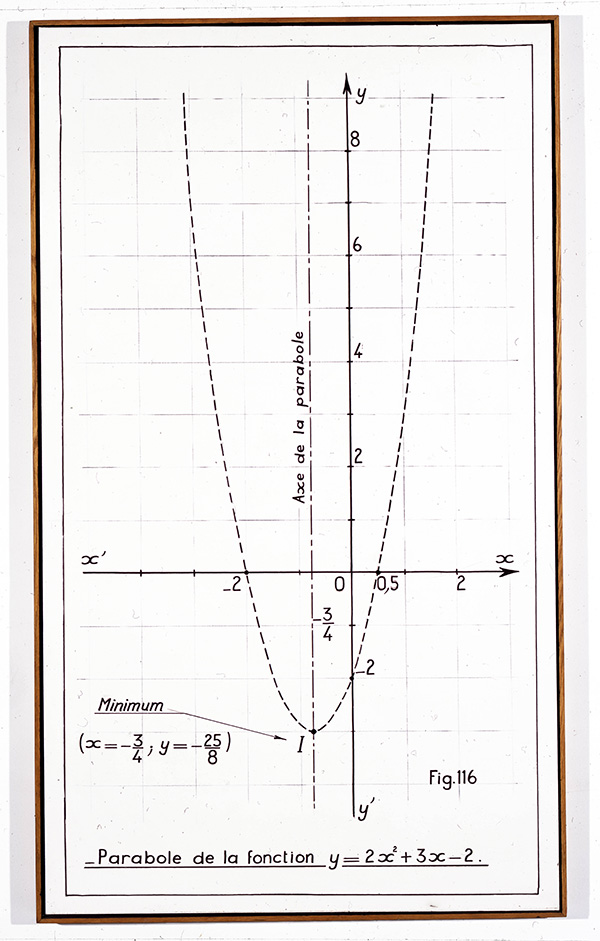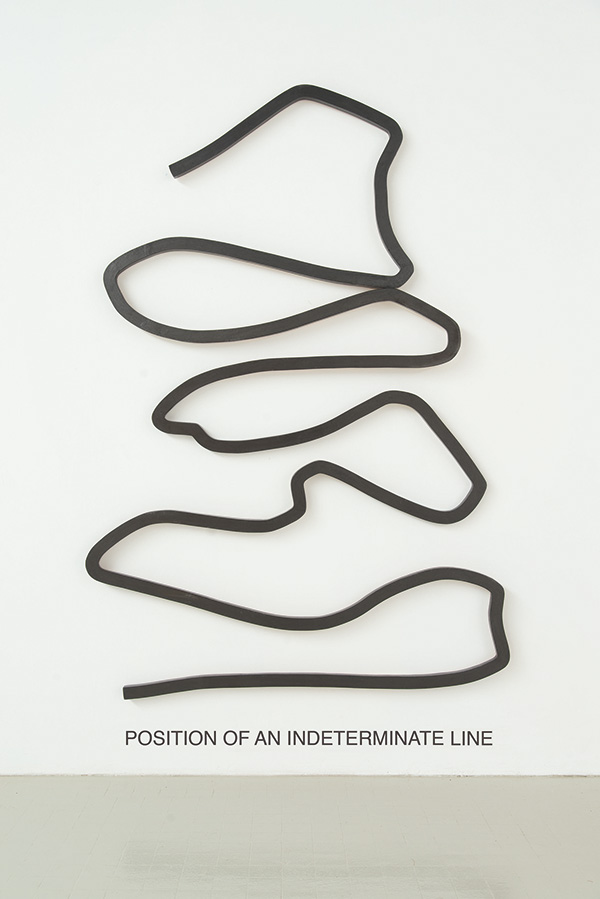ART CITIES:Lodon-Bernar Venet
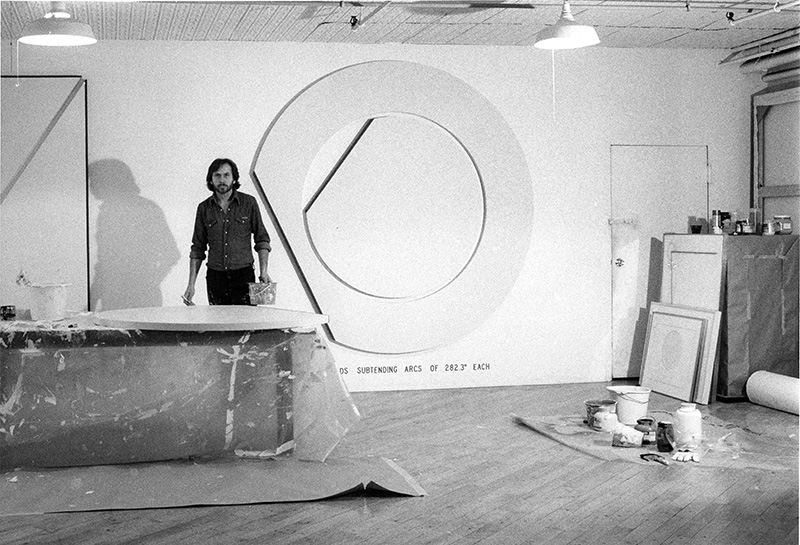 Bernar Venet bridges the dichotomy between mathematical precision and natural chaos. Venet is regarded a pioneer in minimalist, conceptual sculpture. As a key player in the conceptual art movement of the 1960s and 1970s, Venet evolved a new aesthetic with steel as his medium and mathematic configurations as his subject.
Bernar Venet bridges the dichotomy between mathematical precision and natural chaos. Venet is regarded a pioneer in minimalist, conceptual sculpture. As a key player in the conceptual art movement of the 1960s and 1970s, Venet evolved a new aesthetic with steel as his medium and mathematic configurations as his subject.
By Dimitris Lempesis
Photo: Blain|Southern Archive
“Looking Forward: 1961-1984” at Blain|Southern is Bernar Venet’s first solo exhibition in London since the ICA in 1976 and is focusing on examples of works that were pivotal in defining his practice. As a young boy, he was often sick with asthma, with the help of a local artist, Venet began to explore art. From 1955 to 1958, he studied at Ecole Libre and Groupe Scolaire Paul Lapie, in 1959, Venet studied for a year at the Municipal Art School of Nice. Right after, he began working as a stage designer at Opera de Nice where he produced a highly stylized paintings described by himself as symbolic. In 1961, Venet joined the French Army where he converted an attic of the local army reception center to a studio. He started employing performance, sound and randomised painting in order to avoid the idioms of pictorial art. By dripping industrial paint onto discarded cardboard he created “Déchets” whereas in his “Goudron” works he used tar, firstly onto paper and later onto canvas. On occasion he even used his feet to avoid identifiable form or obvious signs of the artist’s hand. In 1963, Venet has returned to Nice and opened a studio to continue his work, now also photographing coal and gravel piles. At this time, he created his first sculpture “Tas de Charbon”, piles of loosely arranged pieces of coal whose arrangement varied with each installation, that is widely recognised as the first sculpture without a specific form. In the beginning of his life in New York in 1966, Venet created Conceptual Art that used systems, often based on scientific ideas, he collaborated with scientists from Columbia University and produced the non-visual works on magnetic tape, as his focus was on content, not the visual characteristics of artworks. Venet found that the precise geometrical definitions of angles, arcs and chords that determined an outline, allowed him to reengage with aesthetics. In 1971, Venet decided to cease his artistic work to travel throughout the United States, Europe, and Japan. He even taught art and art theory in Sorbonne, France, lecturing throughout Europe as well. While pausing, Venet resumed his work based on mathematical systems, in paintings, wood reliefs, and sculpture as he wrote about conceptual art and his own work to the time. Upon the return to New York, he soon began his first piece of the series titled “Angles” and “Arcs”, a group of extremely restrained paintings of elementary geometrical figures. In 1979 Venet made “Position of an Indeterminate Line” and shifted his focus from pure geometry. Created randomly without the aid of instruments, this graphite-on-wood work was in sharp visual contrast to earlier works. The introduction of chance into his practice, over time, created various opportunities for him to explore new aesthetics in works that remained rooted in mathematics. In 1984 he held a first exhibition of “Indeterminate Lines” sculptures, a series based on randomly created lines, at Galerie Templon in Paris. Venet said about his sculptures “They are all about how metal resists. They are a test of strength—a battle between myself and the piece of metal”.
Info: Blain|Southern, 4 Hanover Square, London, Duration: 8/6-22/7/17, Days & Hours: Mon-Fri 10:00-18:00, Sat 10:00-17:00, www.blainsouthern.com
